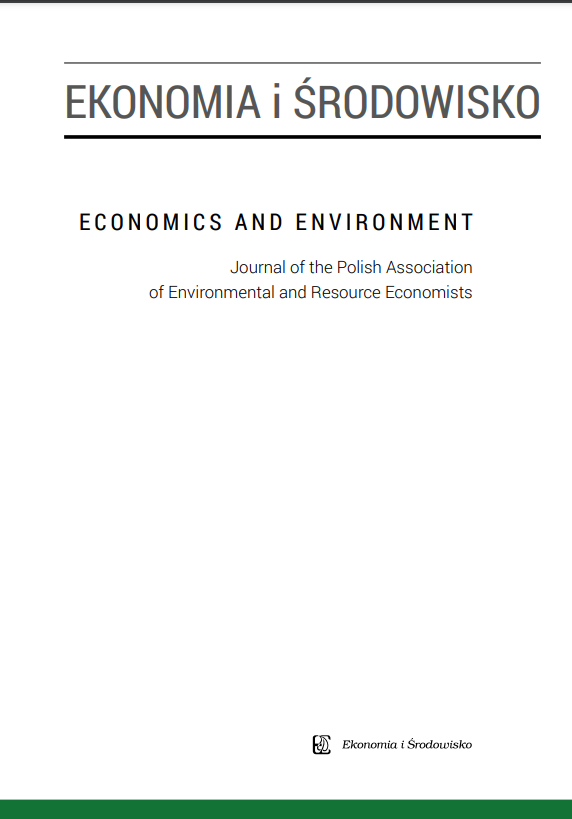Abstrakt
The purpose of the article is to present differentiations in participatory budgeting between Polish communes located in the western, central and eastern part of the country and to discuss the factors that trigger it. We took into account features such as the size of budgets, voter turnout, the total number of selected projects and the number of projects aimed at environmental improvements.
The research was conducted in communes of three metropolitan areas: Bialystok, Lodz and Poznan. The research was carried out in 51 communes, excluding central cities from the study. The data was obtained from municipal offices and public statistics. Participatory budgets voted in 2017 and implemented in 2018 were analyzed. Projects were classified according to an original typology. There are quite big differences between the eastern and western part of Poland when it comes to the number of
implemented participatory budgets and the amount of money allocated for this purpose. This indicates the needs and opportunities for the flow of knowledge and exchange of experiences in this area between individual parts of the country and between particular local governments.

Utwór dostępny jest na licencji Creative Commons Uznanie autorstwa – Na tych samych warunkach 4.0 Miedzynarodowe.

